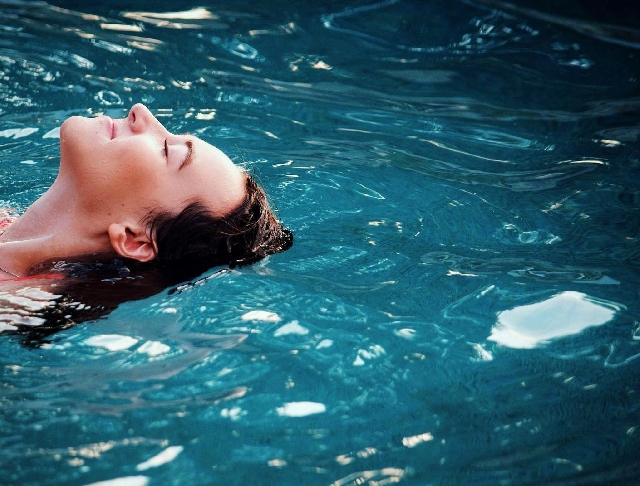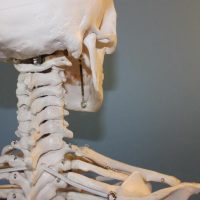If you’re like me, swimming in the summer is one of my favorite things to do. If you’re ALSO like me, you regularly get water stuck in your ear. (uncomfortable, to say the least!)
Actually, any exposure (not just swimming) can result in water getting trapped in your ear canal. I’ve gotten it while taking a shower! The first thing you will feel is a tickling or itchy feeling that extends from the ear to the jaw or throat. There are likely hearing issues (I always tell my wife it sounds like I’m talking in a cave) In my case, 8 times out of 10, the water usually drains on its own. But If not, the water can cause an ear infection.
Here’s what you can do to get out of this uncomfortable situation and you can’t get the water out of your ear.
Moving earlobe
When water gets in their ears, many people will automatically move or tug on their earlobes. The liquid may drain or drip from the ear if you lie down on one side and remain still for a few minutes. Tilt your head to the side so the affected ear is facing down. With your thumb behind your ear, gently tug and wiggle the earlobe in all directions. This may assist in shaking the inside of the ear and allowing any trapped water to leak out.
Using a warm cloth
Soak a towel or washcloth in warm water for a few minutes and squeeze away the excess. Make sure the towel isn’t too hot, as this could create an ear burn or irritation. Warm compresses might help to relax the tissues in the ear and relieve congestion. Fold the towel and rest the ear on the compress while tilting the head. Allow the warmth to relax the ear and facilitate drainage for several minutes. After the ear has warmed up, other procedures such as yawning or tugging at the ear may help to induce further evacuation.
Evaporating the water trapped inside your ear
Some people use air from a blow dryer to evaporate any excess water in the ear canal. Rest the affected ear against the blow dryer while resting the head on a towel or pillow. Set your blow dryer on the lowest setting and keep it at least a foot away from your face. To open and direct more air into the ear, pull on the earlobe. Make sure you’re doing it in a clean environment free of dust, hair, and other particles that could go into your ear. Make sure the device is far enough away from the ear to avoid damaging the sensitive structures with air pressure or sound from the motor.
Video instructions how to get the water out of your ear
Conclusion
Hopefully, you can continue to enjoy swimming and use my techniques to clear your ears when you get water trapped in them.
Source: Bannerhealth




